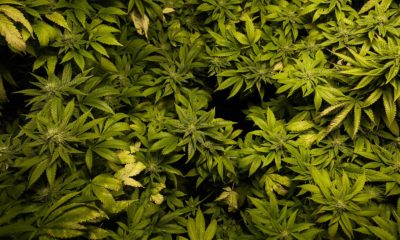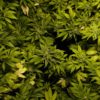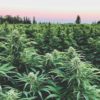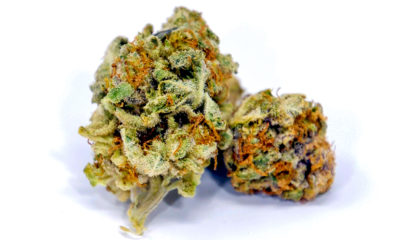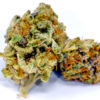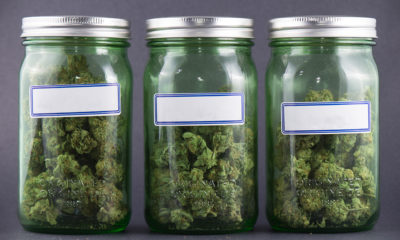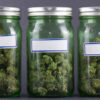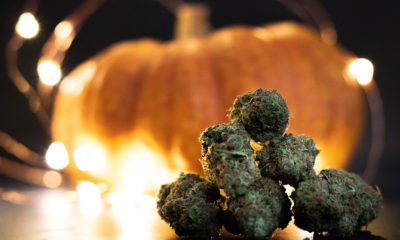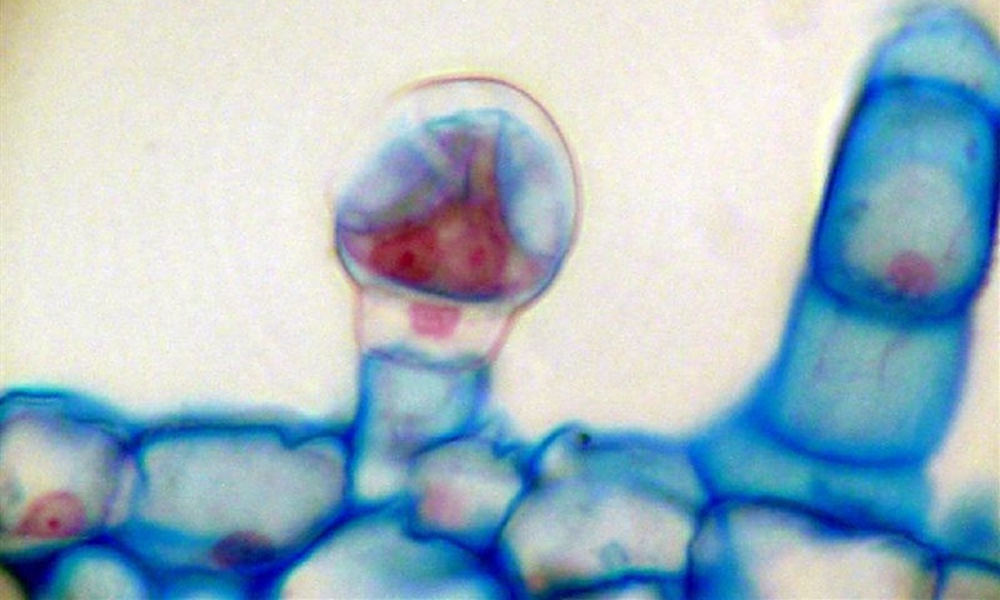
Strains
Trichomes Are the Key to Most Potent Cannabis Flowers
Science proves frosty buds pack the most cannabinoids and terpenes.
For the diehard cannabis connoisseur, one whose only mission in life is the quest for the eternal buzz, tracking down that one marijuana strain that really kicks them in the boo-boo can be tough. It means visiting one dispensary after another, where, often, none of the staff ever seems willing to break out the secret stash from the back. And we know they’ve got one! So there is a lot of trial and error in this process. And this search for perpetual highness can also dwindle away at the old bank account, too, which really sucks, because it can be difficult to hold down a steady job when one’s life’s work consists of only hunting down the strongest marijuana in the land.
If only there were a way to determine the potency of a plant without having to dedicate so much time, money and lung power to the cause.
Well, it turns out there are some old-school physical properties of a cannabis plant that are meant to tell us just how mighty the marijuana is before we ever put in our pipes and smoke it. A study conducted by the University of British Columbia and published in the Plant Journal finds that the frostier the buds, the more likely it is for the pot to pack a punch.
According to the study, crystalized hairs (trichomes) that have been held in high regard for decades by cannabis aficionados are what produce the chemicals that give the plant all of its psychoactive and medical properties.
This means that the more tiny, mushroom-shaped fibers on the cannabis flower, the more cannabinoids are present. These frosty attributes, which are a defense mechanism to protect the cannabis plant from UV rays and animals, also give the plant its pungent aroma, the study finds. In other words, cultivators who are hellbent on producing the best, stickiest, stinkiest cannabis known to mankind are going to need to be well-versed in manufacturing plants that are abundant in trichomes.
“Despite its high economic value, our understanding of the biology of the cannabis plant is still in its infancy due to restricted legal access,” Teagen Quilichini, one of the study authors and postdoctoral fellow at UBC Botany told Science Daily. “Trichomes are the biochemical factories of the cannabis plant and this study is the foundation for understanding how they make and store their valuable products.”
For years, cannabis experts have focused on three trichomes: bulbous, sessile and stalked. Although science has had a pretty solid grip on the function of these components for a long time, little has been known, up until now, about their involvement in shaping the potential of this magnificent plant.
To come up with the latest findings, researchers used chemical profiling and microscopic techniques to get to the bottom of internal structures and individual trichomes. What they found was that all three emitted different colors when put to the test under ultraviolet light.
“We saw that stalked glandular trichomes have expanded ‘cellular factories’ to make more cannabinoids and fragrant terpenes,” said Sam Livingston, lead author and Ph.D. candidate at UBC Botany. “We also found that they grow from sessile-like precursors and undergo a dramatic shift during development that can be visualized using new microscopy tools.”
As the study points out, this ultraviolet testing method could be used in the cultivation process to monitor trichome maturity and ensure that harvests are made at the appropriate times.
Researchers also said that additional discoveries involving trichome DNA could revolutionize cannabis production.
“We found a treasure trove of genes that support the production of cannabinoids and terpenes,” said principal investigator Anne Lacey Samuels, a professor of botany at UBC. “With further investigation, this could be used to produce desirable traits like more productive marijuana strains or strains with specific cannabinoid and terpene profiles using molecular genetics and conventional breeding techniques.”
In the end, more details about how trichomes work will only serve to create better pot products for the consumer, the researchers said.







